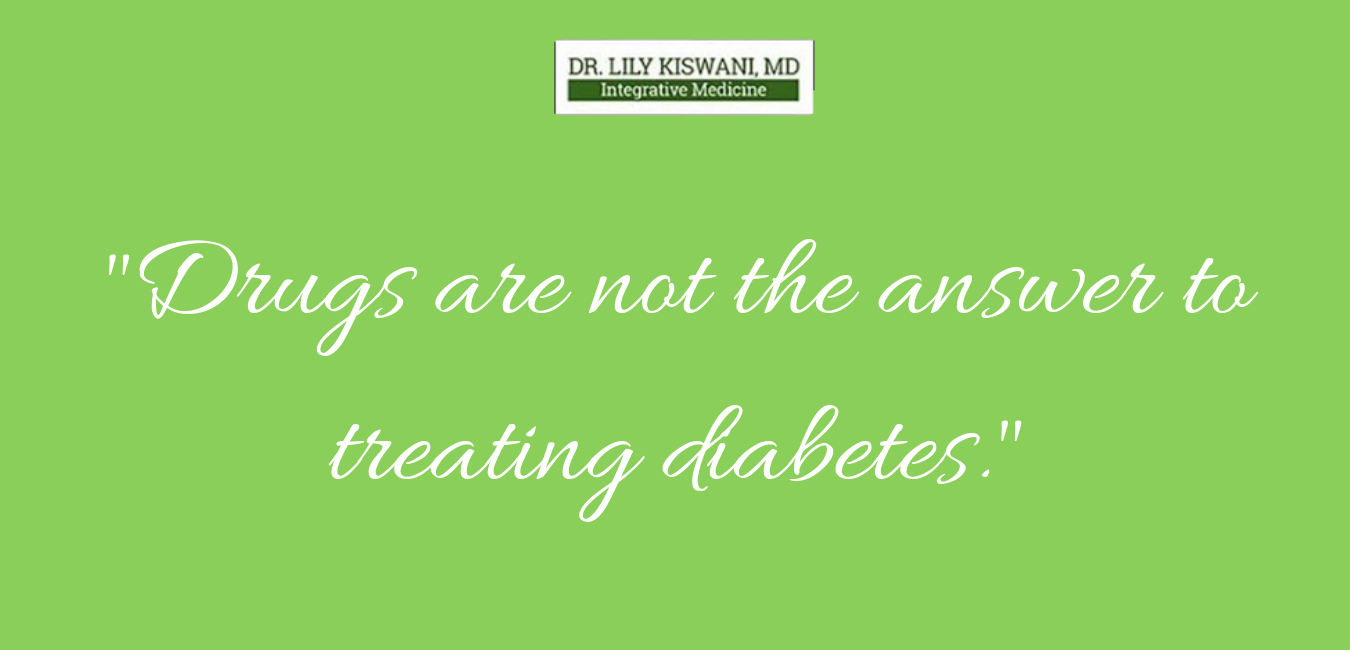Autoimmune diseases are one of the leading causes of suffering in the world.The good news is that there is a lot you can do today to take action for your health.Research suggests that genetics account for only about one-third of autoimmune disease factors. Environmental triggers, diet and lifestyle might be what’s largely responsible — which means you can help balance your immune system, dampen the inflammatory attacks and attempt to put the autoimmune response into remission.As the father of medicine, Hippocrates, said “Let food be thy medicine, and medicine thy food.” The foods we eat instruct and build our biochemistry. And when there is a lack of the nutrients, the genetic switch for autoimmunity is triggered.
With that in mind, I’m sharing the top nutrients and corresponding food medicines that I recommend for people struggling with autoimmune conditions:
1. Vitamin A
Vitamin A is essential for equipping you with a strong immune system. And vitamin A deficiency has also been linked to autoimmune diseases such as rheumatoid arthritis and type 1 diabetes.
Why? Researchers seem to think it has to do with our dendritic cells. These alarms of the immune system can send out a “red alert” to stimulate immunity, or a “calm down” message that tones down excessive immunity that can damage the body. The “calm down” message makes use of vitamin A.
Food Medicine: True vitamin A, what’s called retinol, is only found in animal products like fish, shellfish, fermented cod liver oil, liver and butterfat from grass-fed cows.
Plant carotenes, a precursor to vitamin A, are found in sweet potatoes and carrots but the conversion rate to the usable retinol is very weak. In fact, research suggests that just 3% of beta-carotene gets converted in a healthy adult.
2. Vitamin D
Known as the “sunshine vitamin,” this nutrient is essential for many metabolic and immunological pathways in the body.
For example, Th17 cells are helper T cells that produce a number of inflammatory chemicals, such as interleukin-17. With autoimmune conditions — such as inflammatory bowel disease, multiple sclerosis, psoriasis and rheumatoid arthritis — Th17 cells are out of control.
But Vitamin D, in conjunction with Vitamin A, has been shown to synergistically dampen the Th17 inflammatory response.
Food Medicine: As with vitamin A, vitamin D is most abundant in animal and dairy fats. But soaking up some time in the sun can also help — about 20 to 60 minutes a day, depending on your complexion. And consider getting tests done every few months to ensure your vitamin D levels are healthy.
3. Vitamin K2
One study in the Journal of Neuroimmunology found that vitamin K2 was effective at inhibiting the pro-inflammatory iNOS in the spinal cord and the brain immune system in rats that had multiple sclerosis symptoms.
Unfortunately, K2 is one of the most common nutrient deficiencies in the western diet.
Food Medicine: Vitamin K2 is best paired with the other fat-soluble vitamins, A and D, in whole food form like grass-fed butter oil (ghee), or organ meat. Natto, a Japanese superfood made from non-GMO fermented soybeans, also has high levels of K2.
4. Iron
Iron deficiency anemia (IDA) is linked to many autoimmune diseases. One reason is because a large amount of stored iron, ferritin, is absorbed in the intestines. And in functional medicine, damage of the gut lining and leaky gut syndrome are considered preconditions for autoimmunity.
Food Medicine: It’s critical to first deal with the underlying problem that’s causing the iron deficiency. Healing of the microbiome is essential for healthy nutrient absorption, especially iron.
Once the gut is healed, iron-rich foods like grass-fed beef, liver and spinach can be effective, as well as cooking with cast iron cookware.
5. Micronutrients
Micronutrient deficiencies — such as selenium, magnesium and zinc — are associated with several autoimmune diseases. That’s mainly due to chronic inflammation, which decreases the absorption of these vital nutrients.
These micronutrients are needed for the healthy production and conversion of the thyroid hormone — and thyroid problems such as Hashimoto’s disease are some of the most common autoimmune conditions.
Food Medicine: A variety of nuts and seeds like Brazil nuts, as well as oysters, are good sources of these nutrients.
What Should You Do Now?
If you’re struggling with symptoms of an autoimmune disease, here are some specific steps to consider taking:
1. Get Your Nutrient Levels Checked
A good place to start is having blood labs done to see where your nutrient levels are.
2. Find Out If You Have Nutrient Absorption Issues
You might be eating all the right foods, but just not properly absorbing them. Potential inflammatory microbiome issues, such as leaky gut syndrome, may be preventing optimal nutrient absorption.
3. Avoid Your Trigger Foods
With autoimmune problems, you can have an immune response from virtually any food. For example, nuts may be a great source of micronutrients in theory, but may not agree with your body in particular.
4. Implement Natural Methods
There are many natural tools for you to use to help dampen inflammatory-immune responses, including avoiding gluten and managing stress.
5. Consider an Integrative Medicine Evaluation
Integrative medicine can help suggest sustainable options for those suffering from autoimmune conditions. Take advantage of a free phone evaluation to have your questions answered and to see if Integrative medicine might be right for you.


